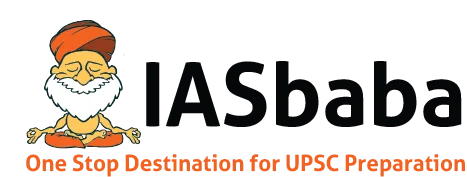Ethics Theory, TLP-UPSC Mains Answer Writing
Q. 1. “Many government schemes fail not because of poor intent but due to weak planning and execution. How can better design and implementation improve development outcomes?” (150 words, 10 marks)
Introduction
Despite good intentions, many schemes underperform due to planning and execution gaps. The Second ARC Report highlights that weak design and delivery mechanisms often limit impact, underscoring the need for deeper reforms in public service outcomes.
Body
Reasons for Failure: Gaps in Planning and Execution
- Top-down Approach: schemes may sometimes be designed with limited local consultation, resulting in plans that don’t align with actual urban needs. Example: The 2023 CAG performance audit noted that Kohima Smart City projects had inadequate stakeholder engagement during planning.
- Fund Flow Delays: delay in inter-governmental transfers often disrupts service continuity and affects target outcomes. Example: In 2022–23, only ~53% of PM-Poshan funds were released by year-end, causing significant meal service interruptions.
- Weak Monitoring: lack of real-time oversight and maintenance leads to infrastructure failure and misuse of resources.
- Political Interference: electoral pressures may shift focus from sustainable reforms to short-term gains, hampering long-term objectives. Example: States announcing farm loan waivers affected DBT schemes like PM-KISAN.
- Inadequate Capacity: frontline implementation fails when staff training and institutional support are insufficient. Example: NITI Aayog’s 2022–23 Annual Report highlighted skill gaps in rural development cadres.
- One-size-fits-all Models: nation-wide frameworks often fail to account for regional diversity, reducing scheme relevance. Example: PMKVY training modules underperformed in tribal Odisha due to lack of local context adaptation.
Better Design and Implementation: Key Areas for Improvement
- Context-Specific Design: adapting scheme architecture to local geography and socio economic contexts enriches relevance. Example: PM Awas Yojana in flood-prone Assam used stilt-based housing designs to reduce climate-related damage.
- Community Involvement: active local participation during planning and execution builds ownership and ensures effective delivery. Example: Kerala’s Kudumbashree network mobilised women-led Gram Sabhas to successfully implement community projects.
- Use of Technology: digital integration improves transparency, efficiency, and leak-proof delivery. Example: JAM trinity integration in PM-GKY enabled swift and targeted pandemic relief.
- Strengthening Frontline Staff: investing in capacity building and incentives ensures better last-mile delivery. Example: Additional training for ASHA workers under Janani Suraksha Yojana improved institutional deliveries in Madhya Pradesh.
- Institutional Coordination: inter-department synergy avoids duplication and improves holistic service delivery. Example: POSHAN Abhiyaan used unified dashboards combining Health, ICDS, and sanitation data for better nutrition tracking.
- Simplified Procedures: reducing documentation and bureaucratic hurdles increases scheme uptake among vulnerable populations. Example: Ujjwala 2.0 simplified enrolment procedures and enabled online self registration, accelerating adoption.
Conclusion
Fulfilling India’s vision of inclusive and effective governance demands schemes that are contextually designed and efficiently delivered. Strengthened planning and execution can bridge intent with impact, ensuring real progress for all sections of society.













